In the last 17 years, India has faced more than 300 natural disasters which include droughts, earthquakes, epidemics, cyclones, floods and landslides. Cumulatively, more than 1 billion people have suffered owing to natural disasters. The estimated social and economic damages sustained by India in the last 17 years due to these disasters amounts to USD 63.6 billion according to the International Disaster Database (IDD ).
Women and girls are most vulnerable in the face of natural disasters as compared to men and boys so it won’t be untrue to say that women and girls and men and boys experience disaster differently. Available data , though limited, reveals that women are more likely to die in the aftermath of a disaster.
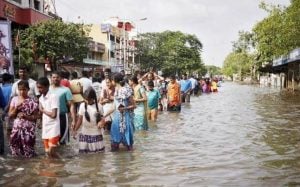
Jim Wallis once said, “sometimes it takes a natural disaster to reveal a social disaster”. In India – due to social and cultural reasons and existing gender norms, rather than biological ones – women and girls succumb to disasters. Women have less access to resources to cope with hazardous events both physically and psychologically, such as information, education, health and finances.
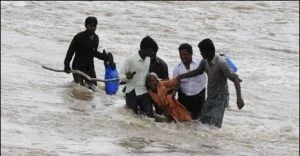
They often are not motivated enough to learn survival skills such as, swimming and reaching-out to a safe place before and during the disaster as they are dependent on the family patriarch to take such decisions for them. Venturing out alone could also pose danger to their safety as violence both physical and sexual, is prevalent irrespective of age. The inequities that the ‘fairer sex’ faces every day are magnified during a crisis, thereby curtailing their chances of survival.
The skewed data that measures only the material loss of infrastructure, services and trade after disasters often ignores household losses that directly affects women such as, kitchen utensils and appliances, sewing machines and small animals. The loss of their productive assets often leads to grave implications such as, poverty, their increased dependency on male incomes and loss of future earnings.
Women and girls also experience more intangible losses such as loss of health and well-being. They are subjected to a number of secondary or indirect impacts that arise from the disaster, including violence and trauma, pressure to marry early, loss or reduction in education opportunities, and increased workload. Thus, they may suffer a ‘double disaster’ and these more intangible impacts may be the real ‘disaster’ for women and girls.
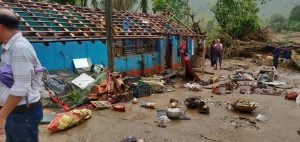
To top it all, water, sanitation and hygiene issues plague them to no end. They spend four to six hours a day, walking to far off places in search of drinking water. Inundated toilets at relief camps force them to wait until late evening to relieve themselves. Going to isolated places to defecate in the open puts their safety at risk. Many reduce their intake of food and water due to this fear. Additionally, maintaining menstrual hygiene during disasters become a challenge, when people are taking shelter in relief camps devoid of privacy. Their sexual and reproductive health is often neglected.
OneStage for over two decades, has progressively functioned to structure itself as ready, responsible, relevant and resourceful humanitarian organisation with an aim to strengthen preparedness for humanitarian response and mitigate disaster related risks by protecting vulnerable communities, environment and economy.
In 2018, when floods battered several districts of Tamil Nadu, OneStage in partnership with Walmart and Gramalaya launched a project in Kancheepuram district. The project was implemented in five villages, built 112 toilets, supported 27,000 beneficiaries, who were mostly women and girls. They are distributed sanitary kits to women and girls. Besides raising awareness on health and sanitation, the women were empowered through an income generation programme, training them in various skills. While some were trained in making wire bags, jewellery, millet powder, spices, banana fritters, mats and pillow covers; others opted for tailoring or a beautician course.
Prime Minister Shri Narendra Modi in 2016 unveiled the first ever National Plan for Disaster Management that provides framework and direction to the government agencies for disaster management cycle – prevention, mitigation, response and recover. It includes rehabilitation of elderly, women and children albeit, ignoring the Gendered Disaster Risk Reduction (GDRR) approach.
The Gendered Disaster Risk Reduction plan must envisage on:
- Gender disaggregated data to help prepare tailored response during disasters.
- Measurement of material losses must include gender disaggregated data.
- The poverty implications of losses experienced by women and girls post disaster need to be explored and the impact of targeting resources to women on their well-being monitored and evaluated.
- Reducing gender inequality prior to any disaster is the most important tool for disaster risk reduction and resilience building.
- Focus on gender mainstreaming more generally and beyond disaster rhetoric.
- Women and girls capacities must be recognised. Building women’s and girls’ resources for resilience will help reduce disaster impact in the future.
- The government must revamp its strategy to address women’s health and hygiene, sanitation and safe drinking water.
- A robust, continuous communication and outreach strategy that promotes a community response and resilience of both women and men.
Government need to recognise GDRR primarily as a development and not a humanitarian issue. Women and girls also display a wealth of capacities before, during and after disasters. Although they are often denied the opportunity to engage in formal disaster risk reduction actions. OneStage through its gender focus humanitarian response aims to catalyse changes in the lives of many. To ensure transformation, more organsiations will need will need to adopt the GDRR plan. The time for action is now!
Search
Categories
Recent Posts
- A brief visit to a project site in Gurugram
- How was OneStage born?
- ‘The plight of people moved me, and the heroic efforts of frontline workers inspired me to support COVID Relief work’
- 7 ways to take care of your Mental Health during the pandemic
- 5 things you must keep in mind before forwarding information on COVID
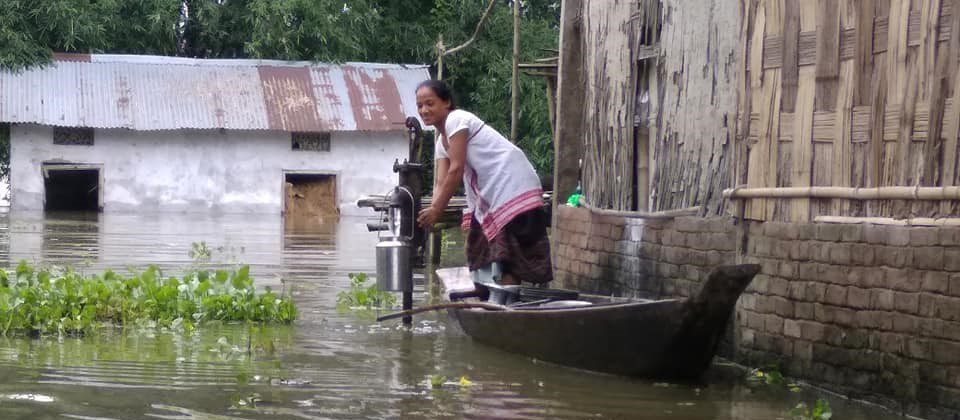




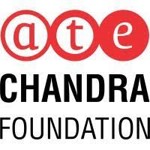

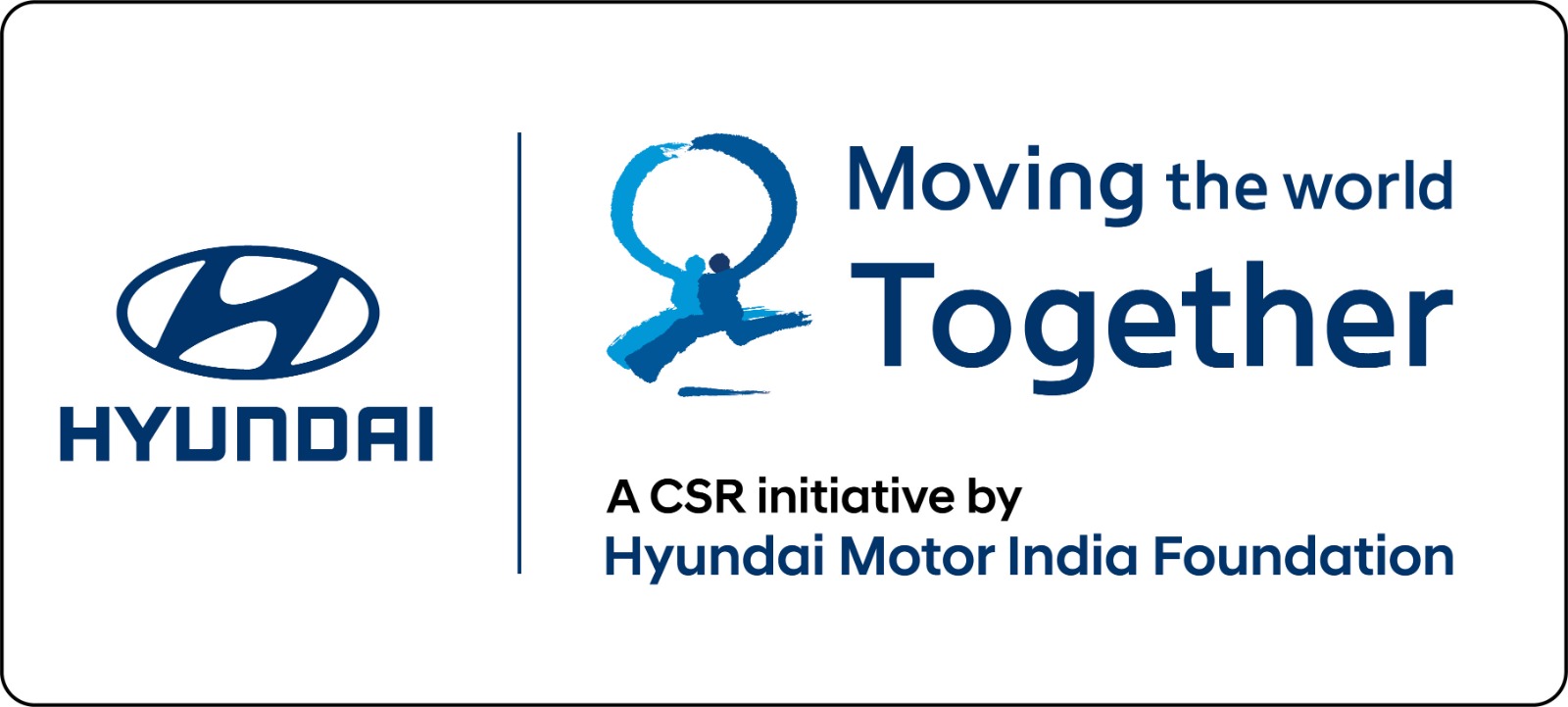




.png)

.png)

